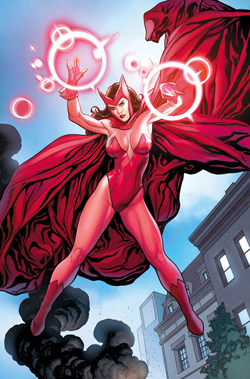As one of the three characters who have been published by DC continuously since World War 2 (the other 2 being Superman and Batman) and often the sole female member of the Justice League, Wonder woman is easily one of the most recognisable and popular female superheroes. However, one question has lingered over her since her creation, is she a champion smashing through the glass ceiling (or carefully unhinging the roof if it’s her invisible plane) or just fetish fuel for adolescent boys. Wonder Woman’s history is more obscure than her colleagues, with her often feeling like a clear third to the World’s Finest team. Wonder Woman is popular but she tends to be popular with non comic readers, if comics sales where the only factor in whether or not a comic is cancelled Wonder Woman’s publication would be as patchy as Aquaman’s but due to her selling a lot of merch to girlfriends and daughters as well as potential readers scared off by the boys club of chauvinists that haunt comic book stores monthly drooling over the sexy pin-up girl posters.
The best place to start looking for an answer is to look at her creator and his reason’s for creating the character. Wonder Woman was created by William Moulton Marston a former psychology professor at Harvard University. Marston was notorious for feuding with other professors including one who became the inspiration for the recurring villain Dr Psycho (a small man with an intense hatred of women and desire to see them subjugated at any cost). Marston’s most notable contributions to the sciences are the patent on the lie detector (which the research was mostly done by his wife Elizabeth) and DISC theory which he expanded on in many books like the “emotions of normal people”. DISC theory is all about how humans interact with each other and how they get what they want from one another as people are social creatures we need each other and form groups. A healthy relationship to him is one of equals trusting equals, and the best way to gain trust is to “submit yourself to a loving authority”. A loving authority would never abuse those who they have control over, but within submission you throw yourself upon them hoping they are loving which is why it builds trust. These beliefs are a cornerstone of Wonder Woman and her beliefs within the earlier stories (the ones by Marston). Marston’s was an adamant supporter of women’s rights even believing that emotionally healthy women are naturally more compassionate and caring than any man and would in fact be the better leaders, because men are only good at following orders, lifting things and maths.
Marston was fired from Harvard University as the educational establishment did not like the polyamorous relationship him and his wife (Elizabeth) had with their student Olive Byrne. With his teaching job gone Elizabeth took a job as a secretary and William looked for a new way to promote his ideas, his first attempt was through pornography but with strict laws prohibiting its sale he looked for a new medium for a shady character like himself could work (and Olive raised their children). The new fad of “Underwear Heroes” in children’s literature was the perfect place for him to write about his ideas, seeing that boys had Superman to look up to he wondered who girls had as a role model? He couldn’t find one so he made one himself. Creating a new woman out of clay with the best parts of Olive and Elizabeth he created “Suprema the Wonder Woman”. He pitched this new character to National comics the biggest publisher of Underwear heroes with such characters as Superman, Batman and Green Lantern. Thinking he had a kindred spirit in the publisher Mort Weisinger, a man who took a massive risk on the sci-fi stories of second generation immigrants Jerry Siegel and Joe Shuster, he was sure he had a buyer. Mort hated it, he gave Marston some advice “girls don’t buy action stories” and “shorten the name”, Marston complied with the second piece of advice and proceeded to selling “Wonder Woman” to All Star Comics (who would be bought by National Comics and merge to become DC Comics).
In December 1941 Wonder Woman debuted in the pages of Sensation comics a book she would share with Mr Terrific and the Gay Ghost. Wonder Woman unlike most comic book characters had her first few issues dedicated to her origins and back story (Superman got a single page saying her was from space and fans had to wait 8 months to find out what would possess a man to dress up as a Bat and fight mobsters). With the Wisdom of Athena, the Beauty of Aphrodite, Strength greater the Hercules and more Swiftness than Mercury (note she is equal 2 Goddesses and greater than 2 Gods) Wonder Woman is saving the life of American spy Steve Trevor. Steve Trevor is a self insert of Marston himself, Marston also worked as a spy but Trevor’s role in the series is to be a Damsel in Distress similar to how in Superman comics Lois is really good at finding people to kidnap her, Steve Trevor is the worst spy in the world. Steve has the innate ability to be captured by the enemy when going out to get a pack of cigarettes, but due to his male gender he is promoted for Wonder Woman’s work (similar to how Marston got praise for Elizabeth’s work). Sigmund Freud wrote about how women have “Penis envy” Marston argued that this is not literal, but women are jealous of how current society (or “Man’s World”) has put them in a role of dominance, Steve Trevor embodies how great it is to be a man and be praised for work you didn’t do.
Wonder Woman altruistically gives up her role as a doctor and princess of paradise island to continue to care for her patient who is one part baby bird one part patronising douchebag who calls her “Angel”. After making this decision she finds out about the history of her people, how they where subjugated by Hercules (later tellings add under the orders of Zeus but early Wonder Woman had a smaller pantheon of gods). The tools used by Hercules are now her greatest weakness, if they are welded together Aphrodite and Athena will strip an Amazon of their strength and they will be exactly like a normal woman but with them unbound the bracelets give an Amazon boundless strength and they’re nifty at deflecting bullets (Amazonian children like to play a game called bullets and bracelets and Diana herself is the islands champion at the game).
Now in Man’s World Wonder Woman must blend in and find some form of income, she at first becomes a circus performer where she shows off her skills at Bullets and Bracelets. This would be a temporary arrangement as her manager was a crook and Diana took him to the authorities. Her real lasting alias in man’s world she would gain by identity theft, stealing the identity of a woman who wanted to leave the army so she could be wed (fortunately the 2 look alike and have the same first name). In this role she could help nurse Steve back to health until he gave her the job as his assistant.
With the series continuing from that point new characters had to be added, every superhero needs a sidekick and Wonder Woman got a whole sorority of them called the Holliday girls. This was inspired by Marston’s intensive research into a sorority at Harvard which Olive was a member of, studying them he got many of his ideas of submission and loving authorities. The most notable member of the Holliday girls is their leader and often head spanker Etta Candy and obese girl obsessed with eating nothing but sweets. The Holliday girls are fiercely loyal to Wonder Woman and often appear at the end of stories summoned by Wondi via her “Mental Radio” to go and beat up Nazi’s.
As well as run of the mill Nazis Wonder Woman would take on some more colourful criminals: the first would be Dr Poison a woman so consumed with penis envy that she wishes to pretend to be a man and poison everyone. Baroness Paula Von Gunther an Austrian noble woman who kidnaps women and dominates them into becoming her spies, then having them seduce allies officers to find out military secrets which she then sends to the Nazis to help them win the war. Wonder Woman defeats her by taking over her cult because “she is a more loving master” and they (implied) become members of the Holliday girls. Paula Von Gunther would actually go through a redemption arc with her being a puppet of the Nazi’s and the Amazons taking her on with Wonder Woman being her mistress in charge of her rehabilitation. Other enemies of Wonder Woman in the Marston era include Mars the Roman god of War who lives on Mars and with his 3 lieutenants; The Earl of Greed, the Lord of Conquest and the Duke of Deception use their skills to aid the Nazi war machine and hate how an agent of Aphrodite has been aiding the allies. Less focused on the war effort are Dr Psycho and Wonder Woman’s most enduring nemesis The Cheetah. Consumed by Jealousy and Greed Priscilla Rich is transformed into her split personality The Cheetah who wants what other women have, she wishes to be as strong as an Amazon but this is feeling of pure entitlement. She is completely unhinged and will do anything to get either Hypolita’s magic girdle or Wonder Woman’s lasso. When being told she is unworthy of such powerful artefacts she would most likely respond with “But I want them”.
This story is probably apocryphal but it’s too good not to include. One day a friend, a neighbour of the Marston family knocked on the door of their house, there was no response. She waited a few minutes and knocked again, noticing the door was open and as she was friends with Elizabeth and Olive she let herself in. Not finding either of them in the living room or the kitchen she walked into Professor Marston’s office. In his office she was greeted by the sight of Elizabeth dressed in a skin tight leopard print leotard and cat ears and the professor and Olive tied to chairs. Olive was in a tiara, knee high boots, a red corset and blue skirt and professor Marston was in an Army uniform with hat and no trousers or underwear. Make of that what you will but the Professor is supposed to have had a massive erection as well.
Marston would write Wonder Woman until his death, and would write most of her stories. Wonder Woman was given the role of Justice Society secretary (a role in tribute to Elizabeth) so she could appear on the covers to promote the book but the writers wouldn’t have to deal with Marston’s constant notes about how to write the character. But not long after Marston’s death came the Comics code Authority, this caused many series to get overhauled. All the feminism and fetishism they could find was washed out the series. Etta Candy was no longer a sorority girl she was now an obese orphan girl who was good at getting kidnapped. Wonder Woman’s rogue’s gallery became more and more women (violence between men and women was prohibited in CCA approved books which all of DC’s where) and with this came the power of Super Empathy, this meant she had a calming aura that would help her get to root of a problem (a handy tool for Paradise Island’s only Ambassador into Man’s World).
The 1960’s a good decade for Women’s liberation in America but what of the Wonder Woman comic series? With low sales DC gave the book to Dennis O’Neil who was gaining a reputation as the reinventor of classic characters. Harry G Peter’s eagle crested girdle and starry pants where deemed too 1940’s for their new younger audience of girls. Wonder Woman was to lose her whole history, and not just lose it give it up for Steve Trevor, who was promptly killed. This is what’s known as the Mod-Era Wonder Woman where she runs a fashion boutique and learns Kung Fu from a blind master. This era is best known as the worst era of Wonder Woman comics, her lore was almost entirely rewritten and her archenemy during this time is The Catwoman (yes Selina Kyle the Batman badguy) and has more than a passing resemblance to the Frank Miller era of Daredevil (theres actually a storyline where she has to climb a mountain to revive somebody and features her fighting Ninjas).
With Dennis O’Neils departure from the book the Wonder Woman series returned to something closer to it’s status quo, but DC thought with the success of the Adam West Batman maybe the producers could have a go at Wonder Woman and a pitch pilot was made. The pitch pilot revolves around one joke, Diana Prince transforms into Wonder Woman and becomes uglier, her enemies scream at the site of her but she’s convinced she’s beautiful… unsurprisingly this series did not get green lit.
After William Doziers abysmal attempts at a Wonder Woman TV series, DC tried again with a failed TV movie that has nothing to do with Wonder Woman other than the name. A third attempt had to be made and this one starring American beauty pageant contestant Lynda Carter is possibly the most famous version of Wonder Woman. It’s also easily the most overtly feminist “Fighting for your rights in your satin tights and the old red white and blue” is right there in the theme tune, or what about this quote from the pilot “no society should continue if they don’t recognise the accomplishments of women”.
The first series is about as faithful to the original comics as it can, the conservative medium wouldn’t have Etta Candy spanking sorority girls on during Tea time, but Etta was still there as another secretary and friend of Diana Prince. Steve Trevor was still there played by Lyle Waggoner (who was second choice to play Batman in 66) and still as capable at getting kidnapped by Nazis as ever. Episodes of the show are almost 1:1 adaptations including the pilot which is mostly Sensation Comics 1 and 4 stapled together. But faithful adaptations of 1940’s comics are expensive so the 2nd season onwards abandoned the WW2 setting in favour of the contemporary 1970’s. Steve Trevor became Steve Trevor Jr played by the same actor, she was a spy, but her rogues gallery rarely appeared opting for cheaper more realistic villains (but Frank Gorshin appears in one episode as the Superman villain the Toyman).
In the 1980’s Wonder Woman comics made strives for gender equality in the boys club of Superhero comics, Dann Thomas in 1983 became the first woman to write Wonder Woman (but with her husband Roy, the first woman to write her solo would be Romantic novelist Jodi Picoult 2006) and Trinna Robbins would do art duties on the mini series “The Legend of Wonder Woman” a recounting of her earliest adventures (and about the only version DC doesn’t reprint).
The big headline for the main DC Universe in the 80’s would be the Event comic Crisis on Infinite Earths which would completely reshape the DC universe (except for Batman comics). Post Crisis Wonder Woman Art and scribe duties went to George Perez who was top tier talent at the time having just finished his run on New Teen Titans (DC’s best selling series at the time). Perez would add more greek mythology to Wonder Woman, her reason for leaving Themyscira (previously Paradise Island) would be to stop Ares (not Mars this time) from launching a Nuclear warhead. The Amazons would now have been enslaved on the orders of Zeus and Hypolita would free them by tricking their warden Heracles. Hera lead them to the new land where they would be safe but Hypolita would long for motherhood due to her being raped by Heracles. This longing would be so great that Hera had to breathe life into the clay doll she carried around and this would be Diana. Wonder Woman would no longer have an invisible plane but instead would be bestowed with gifts from the gods; The Speed and Flight of Hermes (the only man allowed on Themyscira), The Wisdom of Athena, The Cunning and Strength of Artemis and The Beauty of Aphrodite. This era would also give a greater importance to the occasional Wonder Woman (and Superman) villain Circe. Circe had appeared in earlier stories but with a greater tie to Greek Mythology on the antagonists from Homer’s Odyssey was given pride of place and made a nice counterpoint to Dr Psycho. While Dr Psycho wants to subjugate all women because they make fun of his height, Circe wants to turn all men into manimal slaves that worship her. With these two Wonder Woman fights for equality between the genders and not just saving women from the wickedness of men, equality women can be evil too.
The relaxing of the Comic’s Code Authority cause the artists post-Perez to make a distinctive choice with Wonder Woman’s already skimpy costume to shrink it. Over the years Wonder Woman’s pants shrunk to the point that they became a thong, but her bracelets have been growing since Harry G Peter left the series so much I want the original Wonder Woman to meet the current one and say “I see you have the Novice Bracelets, you must work on your skills at Bullets and Bracelets”. If they weren’t shrinking her costume artists where (and this trend continues to now) adding armour, this is an insult. DC does this with Superman and The Flash as well but it makes the characters look weaker, as if Wonder Woman can’t deflect bullets with her bracelets. If anything it would make the villain seem better because now the hero doesn’t trust in their abilities.
With changing creative teams in the 90’s Wonder Woman’s costume shrank again until one man, John Byrne said no more and drew her wearing more comfortable looking pants. I actually have this theory that she was not in fact wearing smaller and smaller pants but she had been wearing the same batch from the 40’s all this time and they’d been shrinking in the wash. Byrne’s run added many things to the lore, Diana Prince now worked at a fast food chain, her best friend was an archeologist and she had finally gotten competent sidekick (Donna Troy never actually served as her sidekick and was created solely for the Teen Titans). Cassandra Sandsmark was the daughter of Wonder Woman’s best friend and Zeus, Cassie would go on to be in Young Justice and Teen Titans. But how did Byrne treat Wonder Woman herself, well she became a martyr, she took hits and punishment so that nobody else would. While still motivated by empathy and her inner strength, it makes Wonder Woman heroic but also more of a submissive when Wonder Woman had previously been the loving dominatrix. DC editorial during John Byrne’s tenure kept mandating he use specific characters, and a specific one during each arc, Wonder Woman’s solo book had stopped being solo and became a team up book, this trend would continue off and on until 2005.
Greg Rucka would be the next writer to make lasting additions to the Wonder Woman mythos, his addition would be the super villain Veronica Cale. The best way I can describe Veronica Cale is as Wonder Woman’s answer to Lex Luthor. A self made billionaire industrialist and scientist who is motivated by envy, Veronica hates that Wonder Woman is viewed as a feminist icon. She doesn’t think Wonder Woman deserves the accolades as she was given opportunities Cale never had, Cale never got to be raised on a magical island of all women, Cale has no superpowers, everything she has she learnt through work and all she wants is to knock down the demigoddess to her level.
Times where changing in Geek Culture with the success of the Doctor Who revival, Harry Potter and the Twilight books more women where willing to identify as geeks and get into geeky things like Superhero comics. DC capitalised on this by giving Wonder Woman her first female writer who would reintroduce the character after the Infinite Crisis event, Jodi Picoult for a mini series called “Who is Wonder Woman?” after this mini series the main book would be taken over by Gail Simone. Simone’s run was the most popular since the 70’s even though it added relatively little to the lore, it’s most enduring legacy is that it outs Wonder Woman as bisexual. However DC couldn’t let a good thing last, despite the series being the best it had been for a long while (both in writing and sales) they had to abruptly fire Simone from the series and replace her with J Micheal Straczinski fresh from his tenure at Marvel. In the false name of Hera JMS and Jim Lee in Wonder Woman 600 introduced Wonder Woman’s new costume a Biker jacket and leggings. The sales of 600 where strong, 601 weren’t and 602 sales were worse. Fans were outraged, some because of the firing of Simone, some for the new costume and some because Straczinski had just ruined Spider-man over at Marvel and he looked set to work his magic at DC.
Wonder Woman’s first major outing outside of the comics was the Hanna Barbera series Super-Friends, but in that show all the heroes are reduced to different powers the only real personalities are the Wonder Twins who are mind-bogglingly annoying. But DC in the early 2000’s had 2 failed attempts to bring Wonder Woman to a wider non-comic book reading audience. A pilot episode for a new live action TV series was made written by Boston Legal and Ally MacBeal creator David E Kelly, starring Addrianne Palicki as Wonder Woman and Elizabeth Hurley as Veronica Cale. This version has nothing to do with Wonder Woman comics, Diana Prince is the CEO of a major corporation who sells her likeness to toy manufacturers and complains about the expectations of her like “Wonder Woman is supposed to have perfect tits” that is an actual quote from the pilot. The series was not green-lit and to this day fans wonder what they where thinking. The other failed live action project for Wonder Woman was Joss Whedon’s film version. This was often spoken off in hushed tones over the internet as a what if (to go with Whedon’s failed Batman movie) and with the directors success of The Avengers fans became more and more curious as to what it could be. All that was known about it was he intended Cobie Smulders (best known as Robin from How I Met Your Mother) was to play Wonder Woman until the script leaked online. At first some journalists thought this was a fake, but alas this was the real thing. Joss Whedon’s “Feminist” credential has always felt shaky to me but with this script was one of the final nails in that coffin. The script gives intense graphic details of scenes of foot fetishism, Wonder Woman performing stripteases and Steve Trevor as the main character.
DC Animation had greater success bringing the character off the comics page with an animated movie and her inclusion into the Justice League animated series. The animated film starring Keri Russell and Nathan Filion as Steve Trevor, is a mostly faithful adaptation George Perez’s run on Wonder Woman. The biggest change is that Ares is the one who tried to enslave the Amazons not Hercules, which is done to streamline the story. Without a doubt my favourite part of the film is where Wonder Woman punches Steve Trevor and tells him to show that he needs to show more respect to women. Unfortunately that strong feminist message cannot be found in DC Animations other version of Wonder Woman, there she is reduced to what I call the “Jean Grey Role”. In the Justice League animated series, Diana is a lovesick teenager pining over Batman (because the DCAU is made by Batman fanboys for Batman fanboys). Producers justified this decision with “we didn’t want to explore a romantic relationship between Superman and Wonder Woman” which is just insulting to the character that “she needs a love interest”. But in reality giving Batman the arm-candy strengthens him, makes him the coolest one, something the DCAU is obsessed with doing so much so that every other member of the Justice League is weaker than their comics counterpoint except him.
Wonder Woman would also appear in The Dark Knight Strikes Again and All Star Batman and Robin written by Frank Miller. The version of Wonder Woman in these stories would be a straw feminist, an excuse for Frank Miller to give his criticisms of modern feminism which as he’s a racist, misogamist as well as a talentless hack he had a lot of them. Miller’s idea of feminism is hating all men, at that what Wonder Woman monologues about semi-coherently (did I mention Frank Miller is not a good writer) yet paradoxically is in love with Superman whom she has sex with in the sky causing a snow-storm. How that works I have no idea my only guess is its not snow but instead Super-sperm. These stories would not warrant mentioning but they actually went on to inform the next era of Wonder Woman’s history (and not as a reaction against).
DC rebooted all of its comics in 2011 with the New 52, whole back stories would be rewritten and Wonder Woman got Brian Azzarello as her writer. To those who don’t know Brian Azzarello is to Frank Miller what Robin is to Batman, he’s his biggest fanboy and also a misogamistic piece of shit. Wonder Woman was no longer a champion of Peace and Love but a 2nd rate Xena and later the Goddess of War. She was no longer brought to life by a goddess but the daughter of Zeus. She wouldn’t use her lasso of truth to find the solution to a problem she would now use her Godslayer sword to stab things. The Amazons where no longer subjugated unfairly but would now sail the seas in rape gangs, looking for men to impregnate them and then kill them. Over on Justice League New 52 Wonder Woman would be in a relationship with Superman once again reduced to his arm-candy. Wonder Woman had sold out all of her values and she was about to get a movie out of it.
The Wonder Woman movie produced a story-credited by Zack Snyder, a man whose only original movie is Sucker-punch which encourages rape “because it allows women to grow stronger” would not make a good Wonder Woman movie. Produced by Brett Ratner who actually raped someone on the set of the movie (would not want to uphold the feminist ideas of Wonder Woman). Gal Gadot who when the story of his rape broke to the media campaigned for his removal from the sequel suddenly went quiet when the victim, her childhood friend accused her of helping him do it. The Movie itself removes any relevance of the Goddesses from the story, opting for Zeus to rule the Amazons, this is not an all female society but a male fantasy for one man to have a whole harem of warrior women. The film also chooses to have Steve Trevor be a competent spy (also not having Wonder Woman nurse him back to health, thus changing her motives from altruism to a desire to kill Ares) and not once despite his constant patronising does Wonder Woman stands up to him. The film also ends with her giving up her role as Wonder Woman to run a fashion boutique (just like the Dennis O’Neil era). The only reason this film got any praise as a feminist moment had to come from how overdue a female lead superhero movie that was watchable was.
With her history covered which is Wonder Woman? Well, the answer is both. Wonder Woman’s history is problematic and not just because she fought a villain called Egg Fu (a giant egg with a Fu Manchu moustache who speaks in “engrish”). Wonder Woman doesn’t actually belong to DC Comics, no fictional character actually belongs to their publisher, she belongs to the reader. She lives in out collective imagination and there is certainly evidence for both sides of the debate. But we as readers can choose which stories inform “Our Wonder Woman”, we can select the most uplifting and feminist, we can pick the silliest or we can be slimy creeps that DC are more than happy to cater to and pick the worst. The choice is up to you and sure Marston her creator was a complicated man but he had good ideas as well as bad, to remove him wholesale like DC has tried to do is wrong. Thankfully they’ve published Grant Morrison’s Wonder Woman Earth One which is an exploration of his ideas, criticising the ones that don’t work and praising the good ones. The future of the character is not decided yet, hopefully more and more creators will reject Azzarello’s run and draw inspiration from the better ones, currently Greg Rucka has returned to the book and her characterisation as a compassionate diplomat have returned with him.
DC’s Trinity have different roles in their universe; Batman is there to punish the wicked, Superman to protect the world and Wonder Woman is a healer. Her main goal is to have the Amazons make peace with men, so they can have a better future, to heal the mistakes of the past. She wasn’t meant to do this with violence, classic Wonder Woman doesn’t carry any weapons, she stands openly and offers emotional support. She helps in a way that is different from the very male Batman of punching criminals. DC have tried to move Wonder Woman away from that, to just the woman who ties people up, taking away Marston’s greatest idea that understanding and compassion are greater than violence.

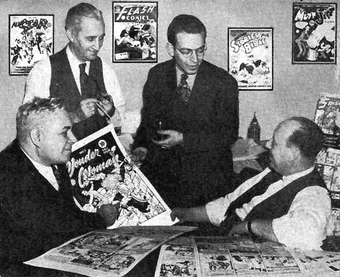
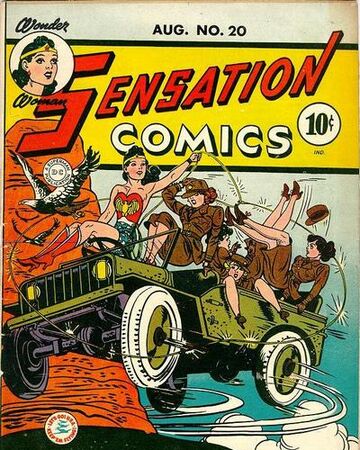




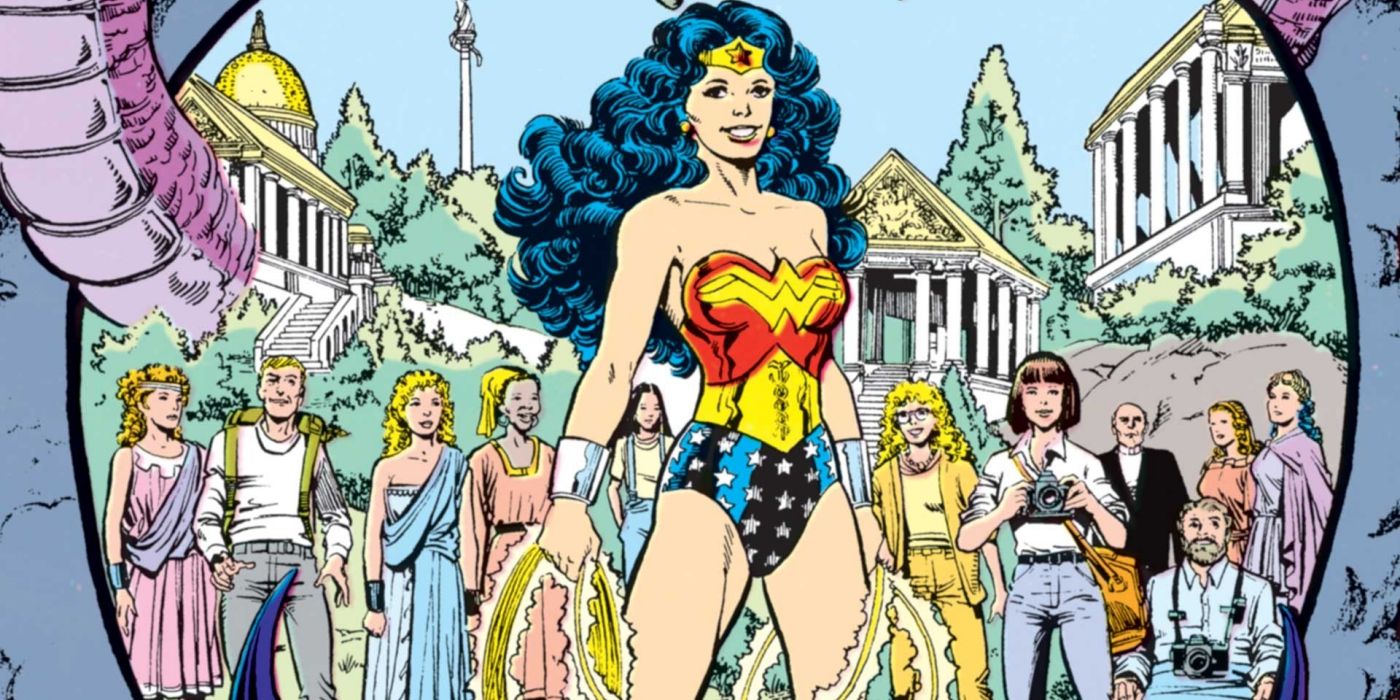
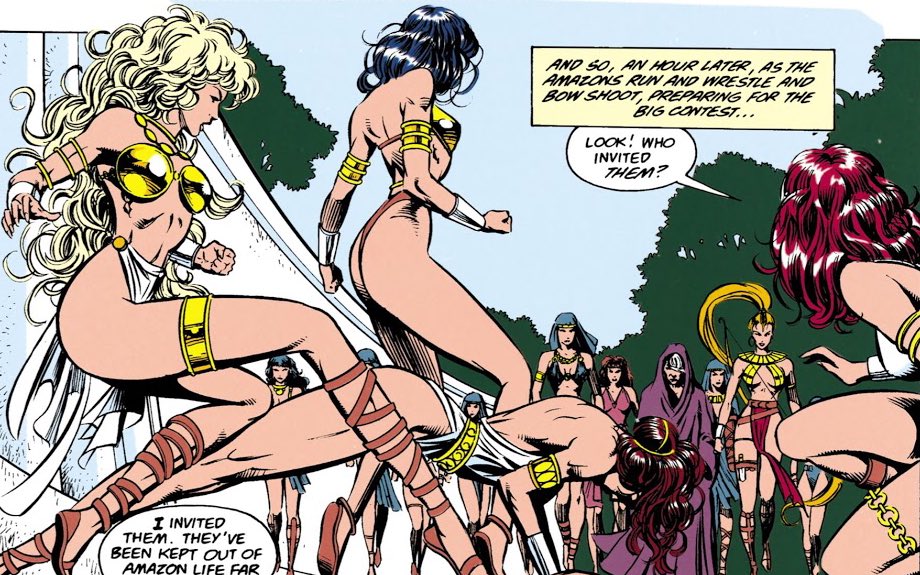
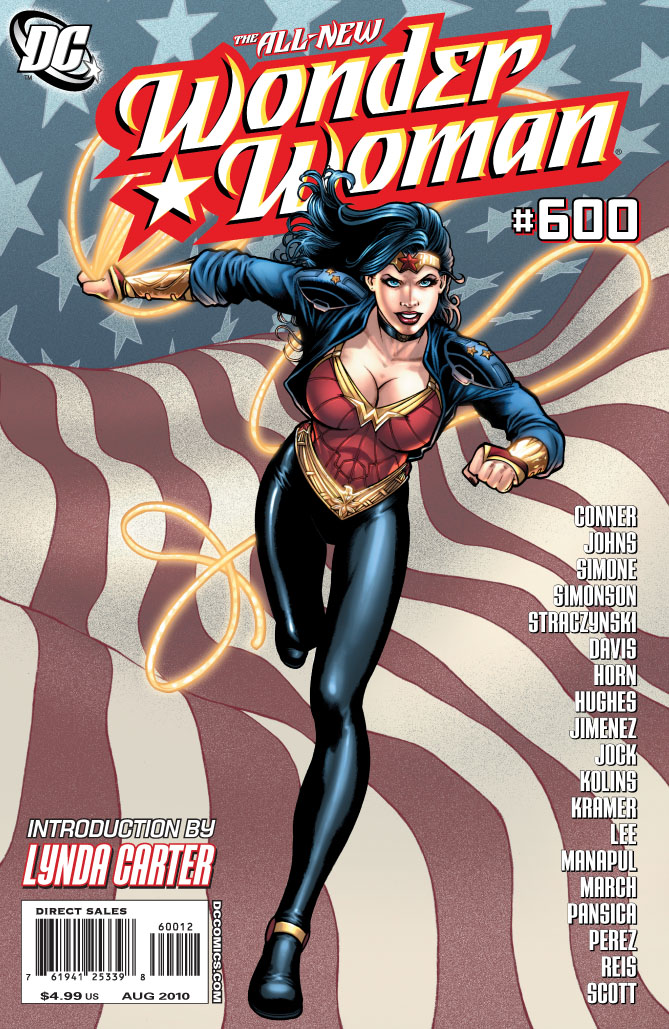




/cdn.vox-cdn.com/uploads/chorus_image/image/65413741/Primal1.0.jpeg)

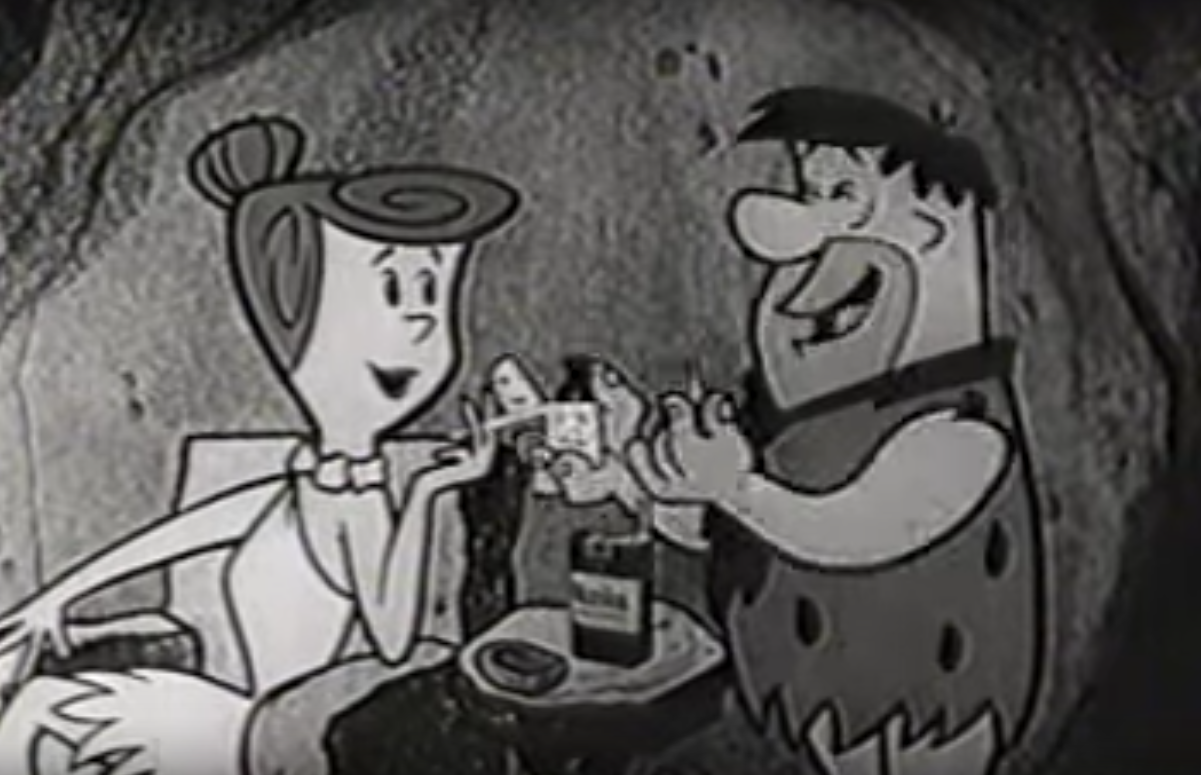

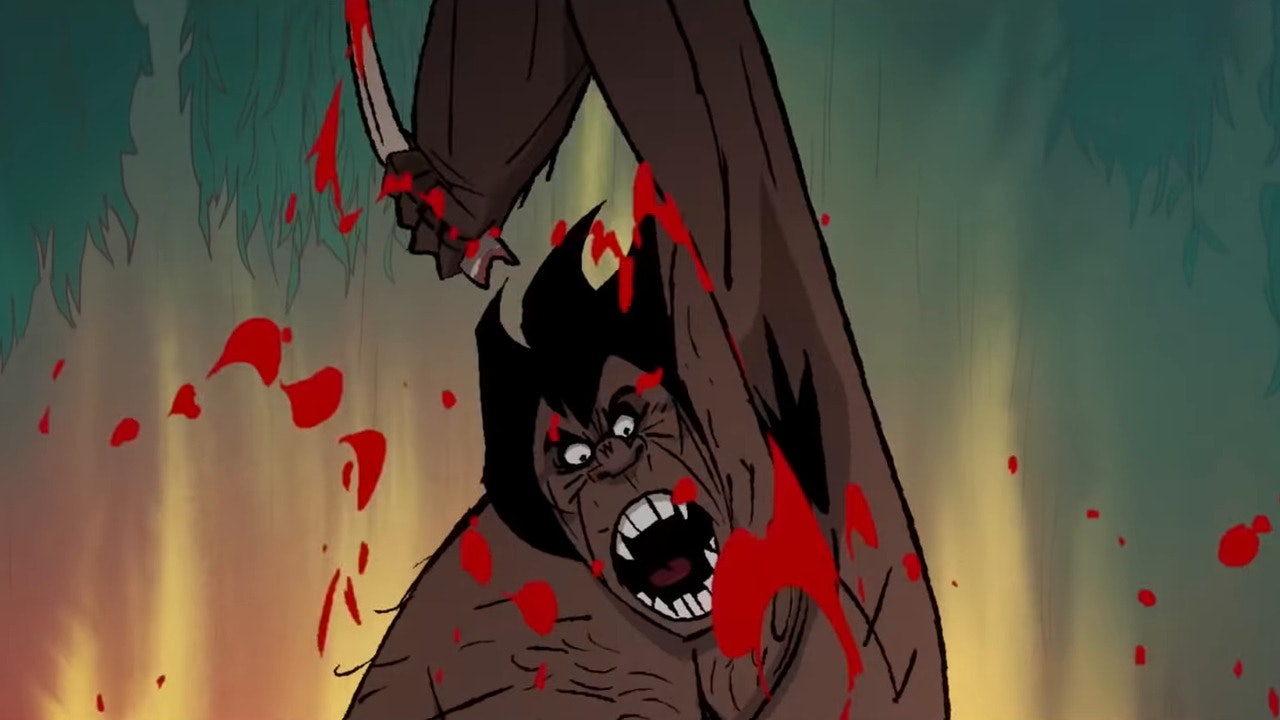
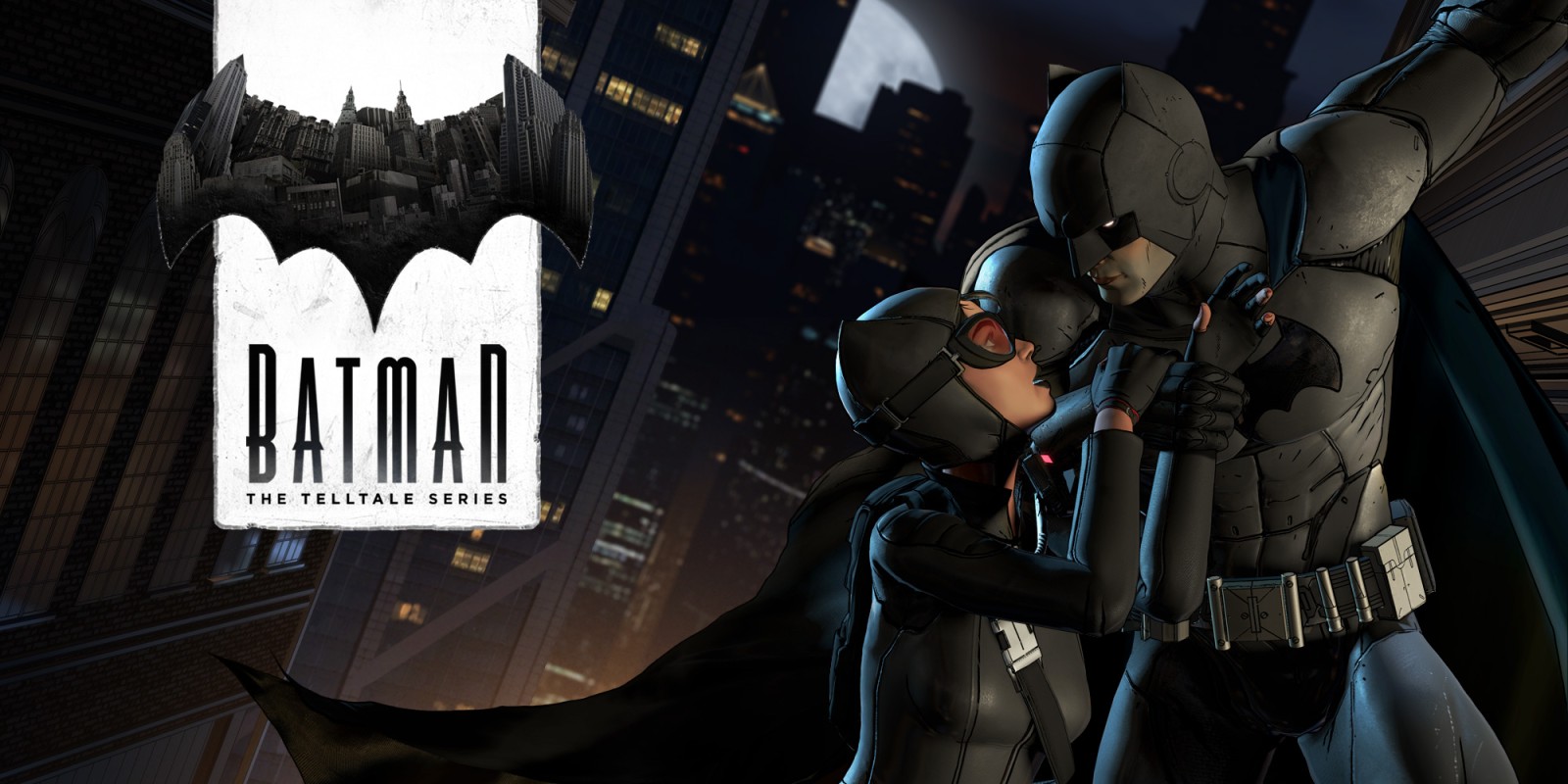




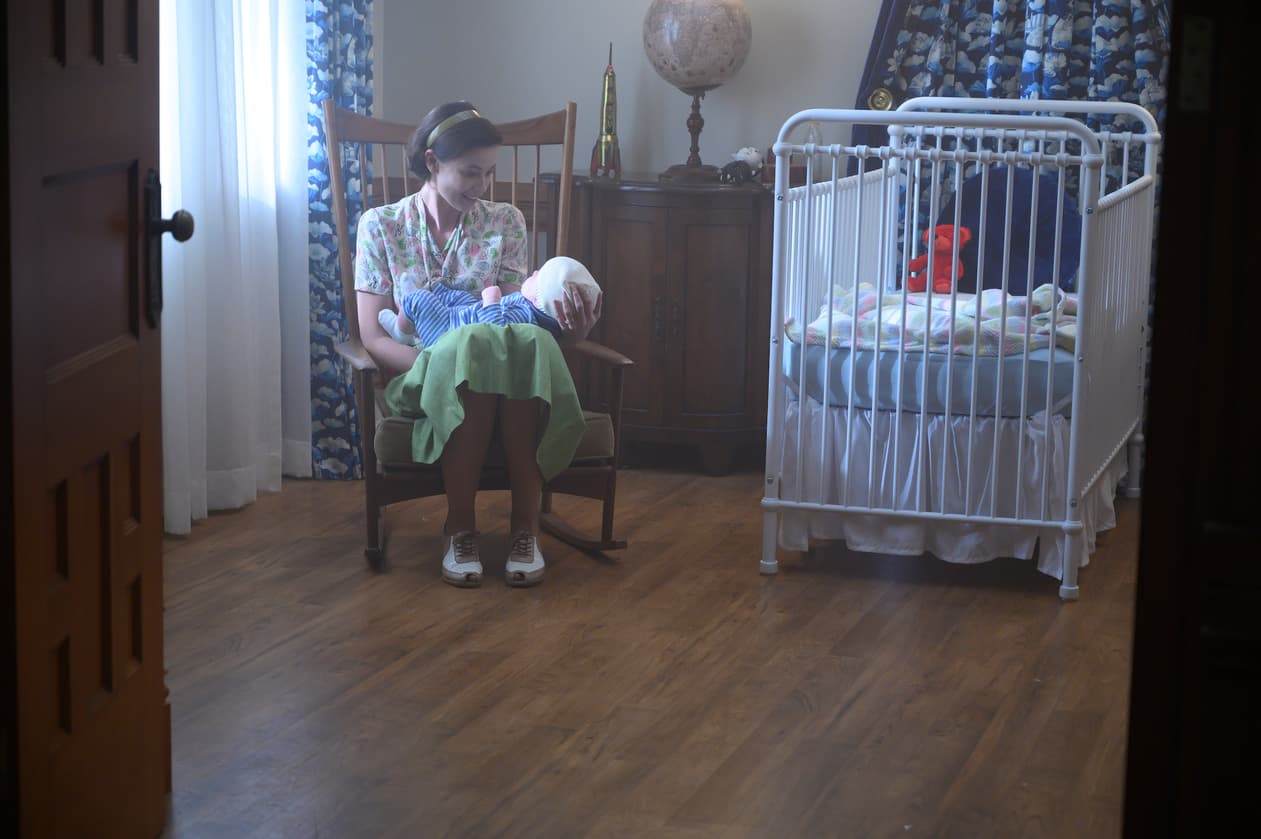

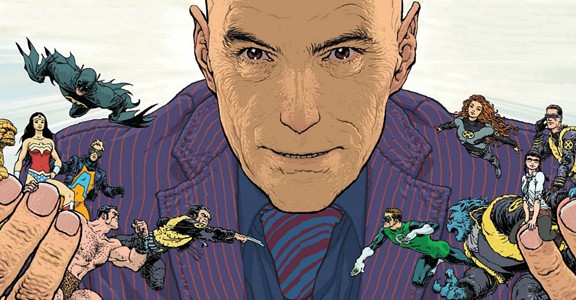


_from_Black_Panther_and_the_Agents_of_Wakanda_Vol_1_1.jpg/revision/latest?cb=20190919215904)
